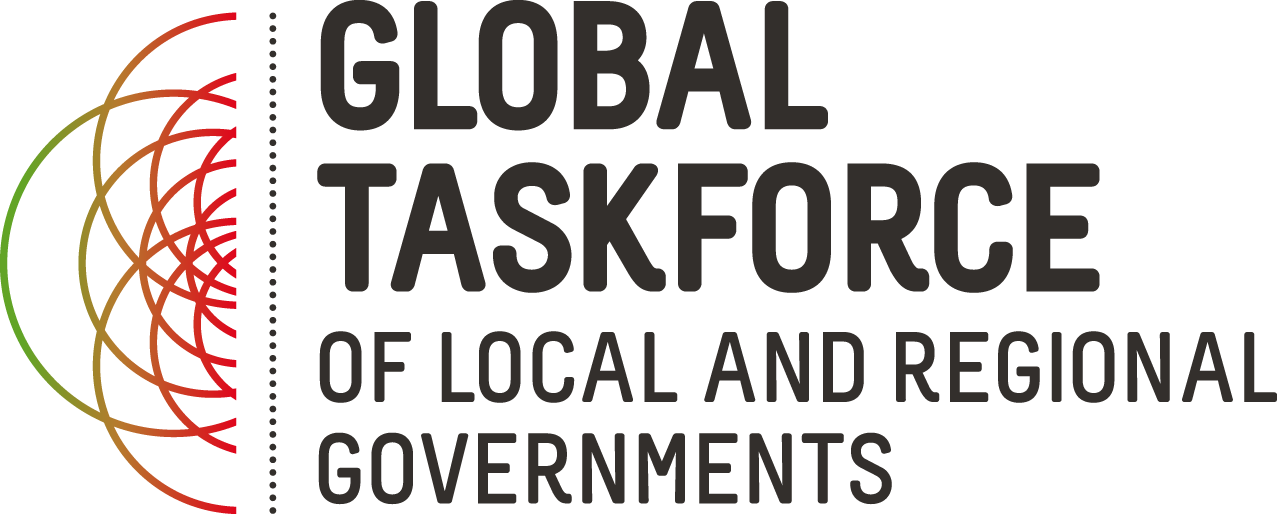
Source: www.citiscope.org
Aguas Calientes, Mexico- Jessica Lopez, a four-year old with a shy smile, has suffered severe chronic asthma attacks since she was born. Her condition always worsened in the fall, when dust rose up from the abandoned fields that bordered her family’s modest one-room house.
Last year, city officials here turned those dusty fields near Jessica’s house into a gleaming park with trails, playgrounds and shaded pavilions. Then in the fall, something remarkable happened in the Lopez home: Jessica’s asthma attacks did not come. It’s impossible to say for sure that the park is what turned Jessica’s health around. But her mother has no doubts. The park, Maria del Refugio Lopez insists, saved Jessica’s life.
Jessica’s story is one of many good things happening along a sliver of land that cuts through a crowded corner of this city of 1.3 million people. Those fields outside Jessica’s house, strewn with garbage and a haven for criminals, followed the narrow path of an underground oil pipeline that traverses one impoverished neighborhood after another. In the past three years, the city has reclaimed almost all of this passage for the 300,000 people who live near it. The result is a 12-kilometer long linear park that is one of Latin America’s most extraordinary urban green spaces: La Línea Verde — The Green Line.
LA LÍNEA VERDE
The park’s lush lawns march up and down the small hills of this arid city, kept green with reclaimed water from a nearby treatment plant. Solar-powered lamps light up the walkways at night. And in the afternoons, when children come home from school, the park is typically busy with families out walking, biking, exercising or just gathering in the park’s many social spaces.
La Línea Verde is the brainchild of Lorena Martínez, the mayor of Aguascalientes until just a few weeks ago. Located 525 km (325 miles) northwest of Mexico City, the city had already spruced up its colonial-era downtown with pedestrian malls and museums to attract tourists who flock here in July for Mexico’s largest open-air state fair.
Martínez wanted a different kind of urban renewal project. More neglected parts of the city, especially in the city’s southeast where Jessica’s family lives, were engulfed in drug-related violence. She wanted to do something that could help reconstruct the tattered social fabric in thosecolonias. “Before we came here, the common wisdom was that these (low income) communities just needed more police patrols,” Martínez says. “I wanted to focus on crime reduction. But I did not want to follow the same policy of more cops and guns.”
Please click here to read the full history.











